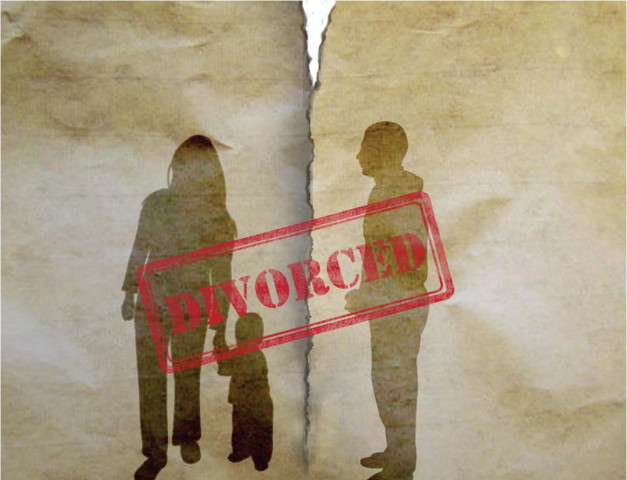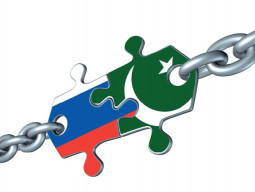
It was back in 1961 that the then dictator Field Marshal Ayub Khan introduced the Muslim Family Laws, that abolished unmitigated polygamy. The laws, constitutionalised divorce by a husband, and most progressively, gave wives the option of khula (dissolution of marriage) if the husband was unfair or unfaithful to her. However, 51 years later, there is a vast majority of women who are either unaware of this option or are not awarded it.
Unawareness stems from illiteracy and is rampant in rural areas. However, even in urban cities, women are faced with problems while opting for divorce as the clause is eliminated on the nikahnama (marriage certificate) either by the Union Council or by the maulvi during the nikah ceremony.
Sania Khan, 36, a graduate in Islamabad found out when she wanted to file for divorce from her husband two years ago that the clause was crossed out, she said, “I was naïve to not have checked during my nikah but I didn’t think they would just cross it out. My divorce was extremely hard on me for that reason as my husband took a very long time to come to terms with it.”
Pattan Developmental Organisation conducted a mass study from 2010-2011 in 11 districts of Punjab. They consulted over 1,500 nikahnamas (marriage certificates) and found that a whopping 70% of women weren’t aware that they had a right to dissolve the marriage given strenuous circumstances.
More surprisingly, 89% of women weren’t aware that the clause had been deleted. Of course, not knowing their rights feeds in to the lack of inquiry of the clause during signing the nikahnama. However, the lack of inquiry by women who were aware of their rights shows the deceptive tools employed to keep women disempowered.
Though hasty divorces have been controlled by Section 7 of the Muslim Family Laws, which calls for “any man who wishes to divorce his wife shall, as soon as may be after the pronouncement of talaq in any form whatsoever, give the chairman a notice in writing of his having done so, and shall supply a copy thereof to the wife”. Instead of divorce being affective by pronouncing ‘I divorce you’ thrice; gaining a divorce under these laws is much harder for women.
In contrast to a husband’s process to divorce that is only as long as the legal process, a wife must wait for two to seven years of injustice and/or negligence till she is able to file for divorce (if her clause wasn’t eliminated that is), according to the women rights’ activist.
A testament to the numerous potholes of divorce for women can be understood by viewing the case of Tehmina whose nikah was solemnised in a watta satta (exchange) marriage when she was only six years old and upon attaining adulthood Tehmina rejected that marriage” (Shirkat Gah).
She had a ‘right to khula according to Section 2’ of the Dissolution of Muslim Marriages Act, which says, “If a girl is given in marriage by her father or other guardian before she attained the age of 15 years, she can repudiate the marriage before attaining the age of 18 years; provided that the marriage has not been consummated”. But, the nazim (local administrator) continued to avoid issuing Dissolution of Marriage certificate till Social Welfare and Community Development Society and Shirkat Gah intervened and successfully gained dissolution for Tehmina, who is now pursuing education.
Case studies like these show that despite having legal rights, women are still being repressed by institutions and figures that are supposedly there to help them. The fact that Tehmina and many like her can’t gain her rights till an organisation intervenes show the many shortcomings in legislation and implementation.
Published in The Express Tribune, March 8th, 2012.

















COMMENTS
Comments are moderated and generally will be posted if they are on-topic and not abusive.
For more information, please see our Comments FAQ